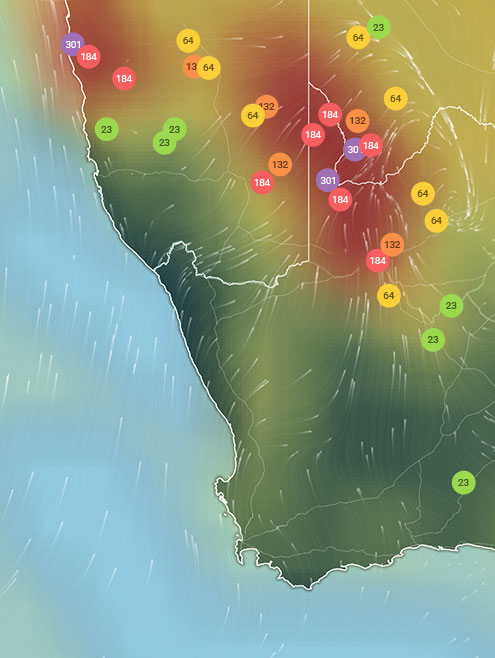
Introduction
As urban areas continue to develop and climate change impacts become more pronounced, air quality has emerged as a crucial public health concern. Winnipeg, a vibrant city in Canada, is not immune to air pollution challenges. Understanding the current air quality in the region is essential for residents, policymakers, and environmental advocates alike, as it affects everything from daily health to long-term environmental sustainability.
Current Air Quality Status
According to the latest reports from Environment and Climate Change Canada, Winnipeg’s air quality has fluctuated throughout 2023 due to various factors, including industrial emissions, vehicular traffic, and seasonal changes. Recently, particulate matter (PM2.5) levels have risen, primarily from increasing construction activities and vehicle emissions. The Winnipeg Air Quality Index, which rates air quality on a scale from good to hazardous, has recorded several ‘moderate’ to ‘unhealthy for sensitive groups’ days this summer, prompting health advisories for vulnerable populations.
Impacts of Poor Air Quality
The implications of degraded air quality in Winnipeg are significant, particularly for individuals with pre-existing health conditions, such as asthma or cardiovascular diseases. Health professionals warn that prolonged exposure to poor air quality can exacerbate these conditions, leading to increased hospital admissions and strain on healthcare resources. Furthermore, children and the elderly are particularly at risk, as their respiratory systems are more vulnerable to air pollutants.
Government Response and Initiatives
In response to rising air pollution levels, the City of Winnipeg has implemented several initiatives aimed at improving air quality. These include the promotion of public transportation to reduce vehicular emissions, investments in green infrastructure, and public awareness campaigns encouraging residents to take part in reducing their carbon footprint. Collaboration with local environmental organizations has also increased, aiming to monitor air quality more effectively and promote cleaner technologies.
Conclusion
As Winnipeg continues to grow, ensuring air quality remains high is vital for public health and the environment. While current data indicates challenges ahead, proactive measures by the government and community involvement can foster a healthier urban environment. Continuous monitoring and public engagement will be essential in combating air pollution and safeguarding the health of all Winnipeggers. Looking forward, residents are encouraged to stay informed about air quality updates and participate in local initiatives aimed at reducing pollution.



